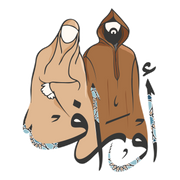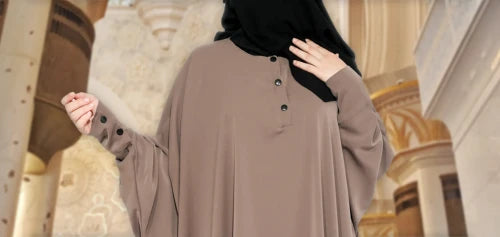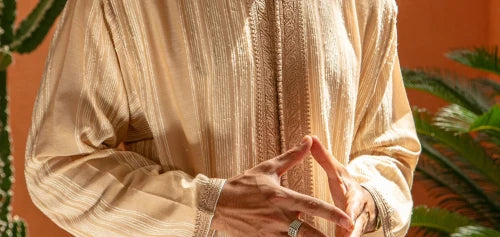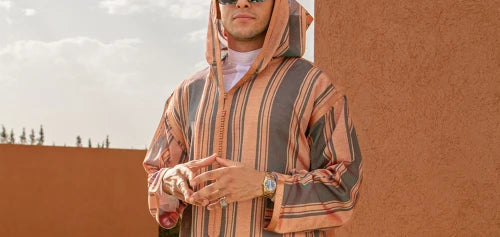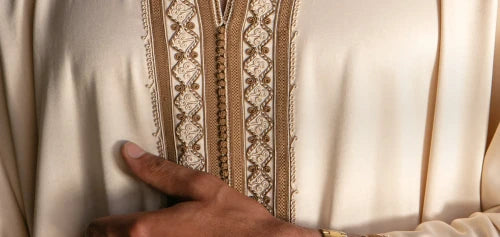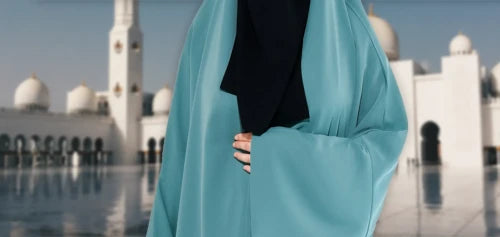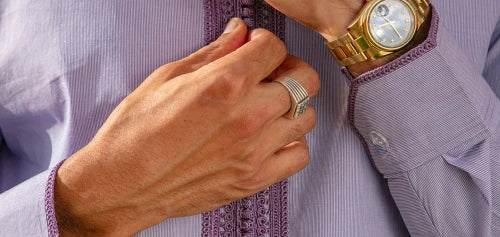Our Blog
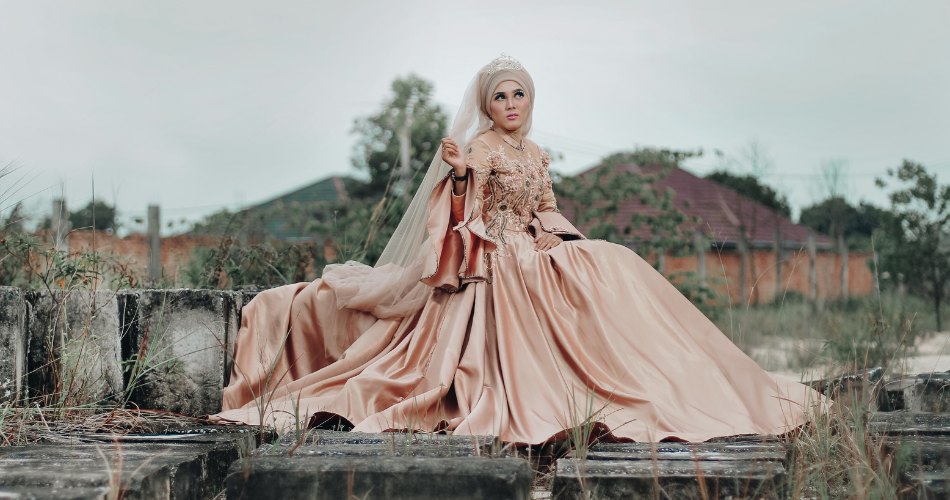
Top 2024 Modest Fashion Trends You Should Know
As 2024 approaches, the world of modest fashion is seeing exciting transformations that combine style with practicality. For those looking to elevate their everyday outfits while staying true to t...
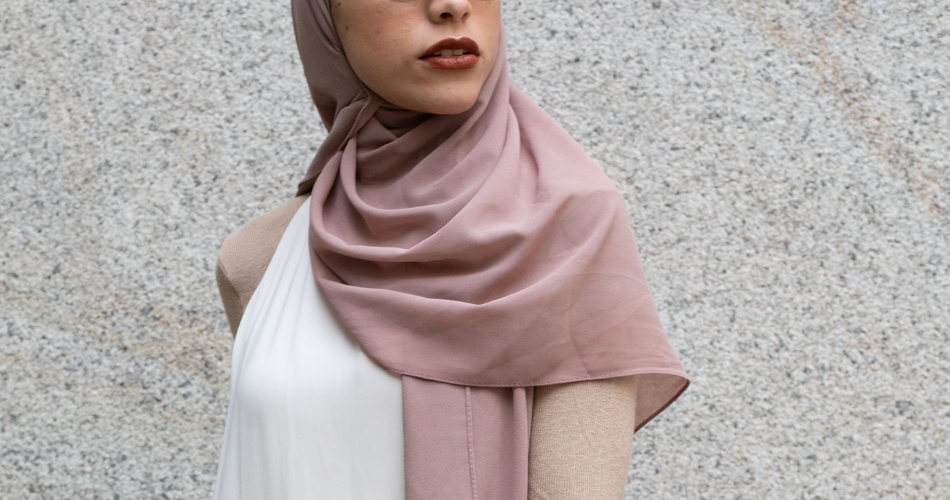
Autumn
Earthy Coloured Abayas for the Fall Season: Embrace Elegance and Modesty
As autumn approaches, it’s time to rethink your wardrobe and embrace the rich, earthy tones that reflect the season’s warmth. Abayas in shades like deep browns, soft taupes, warm beige, and muted ...
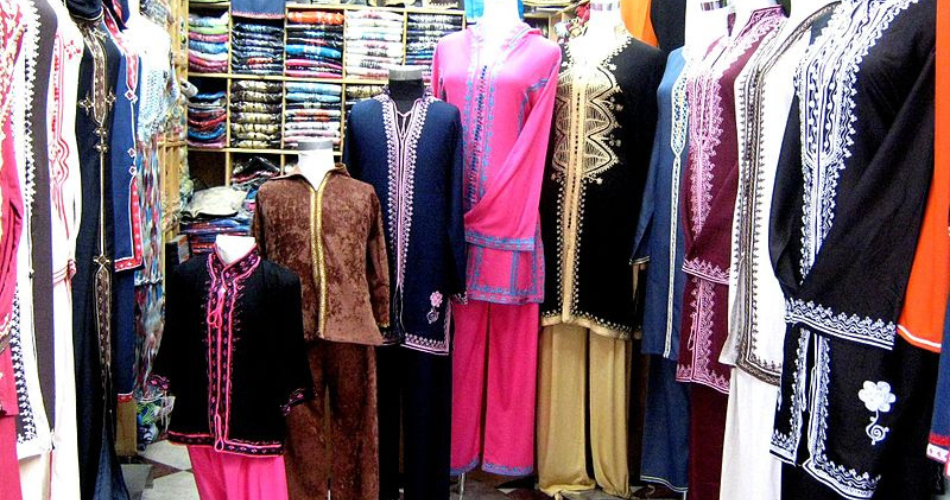
Moroccan Cultural Attire Explained - The Jabador Origins and History
Morocco is celebrated worldwide for its rich culture, exquisite cuisine, and unique hospitality, but its traditional attire also plays a significant role in its identity.
In its earliest form, the...
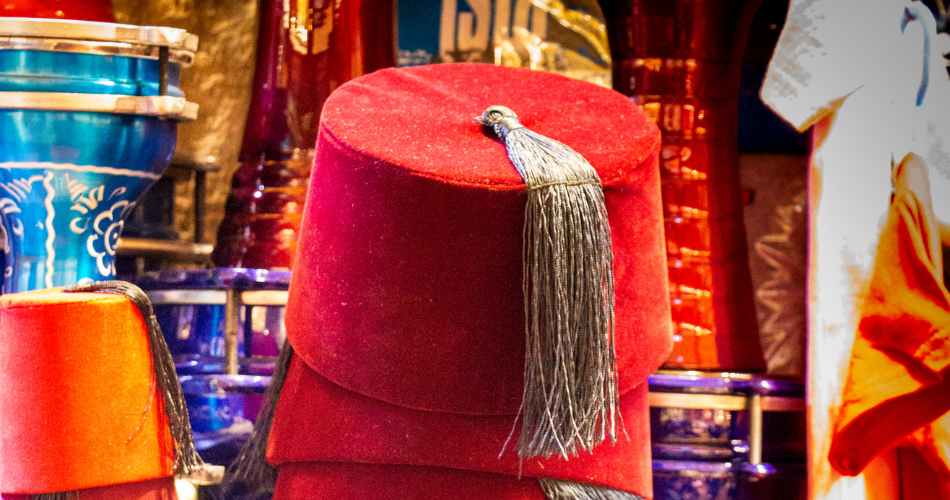
Moroccan Cultural Attire Explained - Tarboosh, The Fez Hat, Morocco’s Iconic Symbol
Today, as part of our Moroccan Cultural Attire Explained series, we are exploring the Tarboosh, which adorned the heads of many Arab men for over a century.
The Moroccan Tarboosh, also known as t...
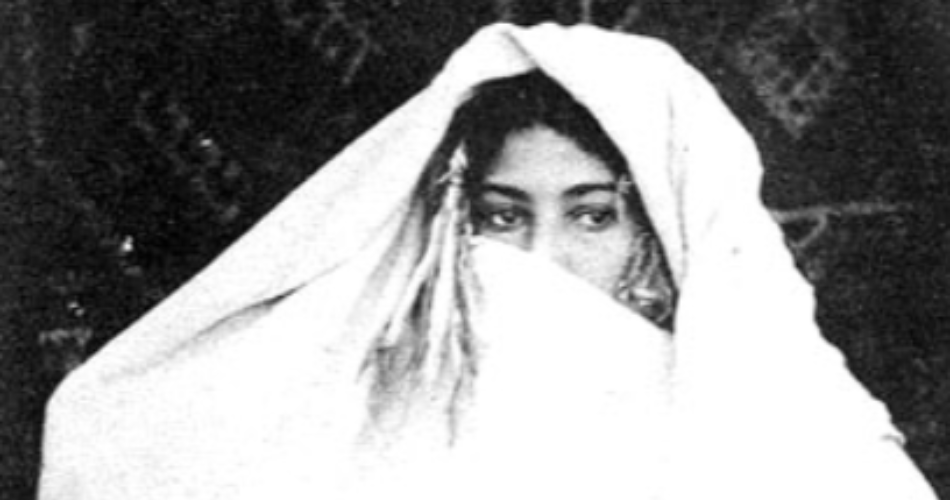
ha'ik
Moroccan Cultural Attire Explained - The Evolution of the Haik
What is a Haik?
The haik, pronounced ha-yek, and also spelt ha'ik, is a long-standing symbol of Moroccan identity. It has deep roots in North African cultural and religious traditions. Historicall...
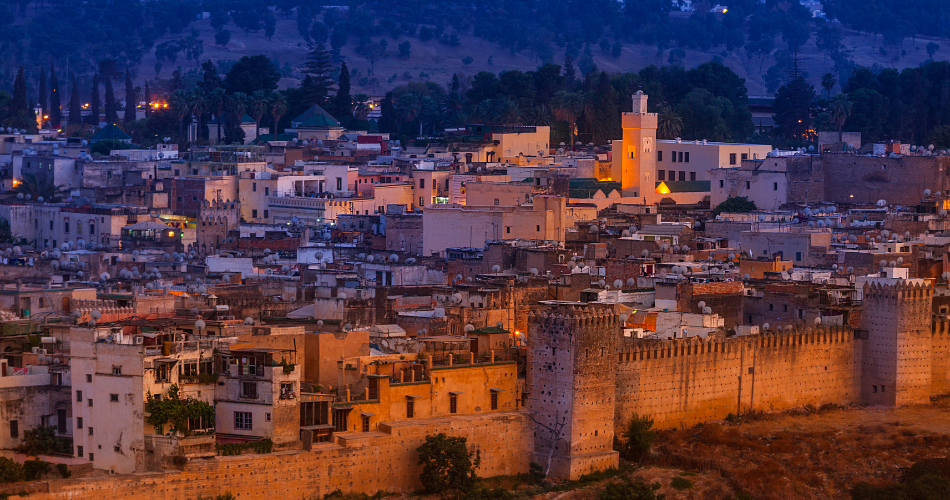
Why Awraaf Sources Their Fabrics from Fez: A Commitment to Tradition and Quality
At Awraaf, our dedication to Islamic tradition and quality craftsmanship goes beyond mere fashion; it's about preserving cultural heritage and ensuring ethical production. This is why we source our...
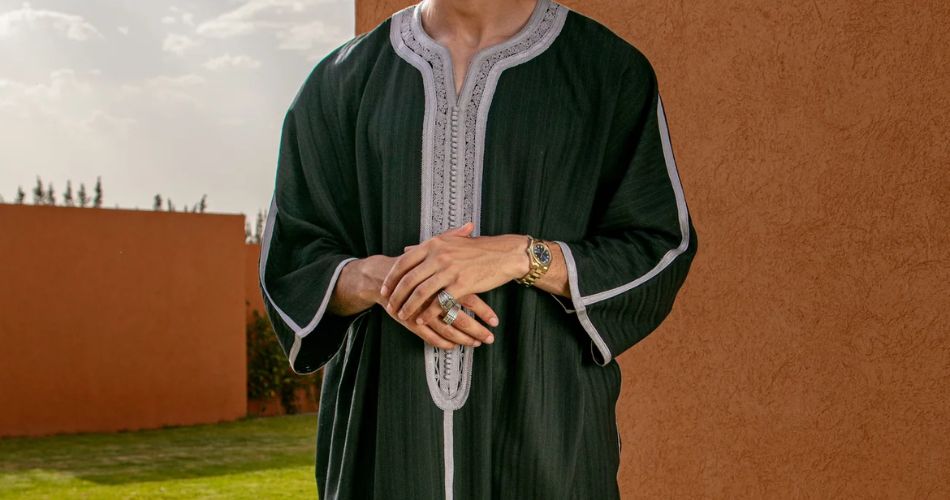
Moroccan Cultural Attire Explained - The Gandora, Kandora or Gandoura
The Gandora, often referred to as a Kandora or Gandoura, is a quintessential garment in Moroccan attire. Traditionally, it is a short sleeved tunic that extends from the shoulders to the ankles, d...
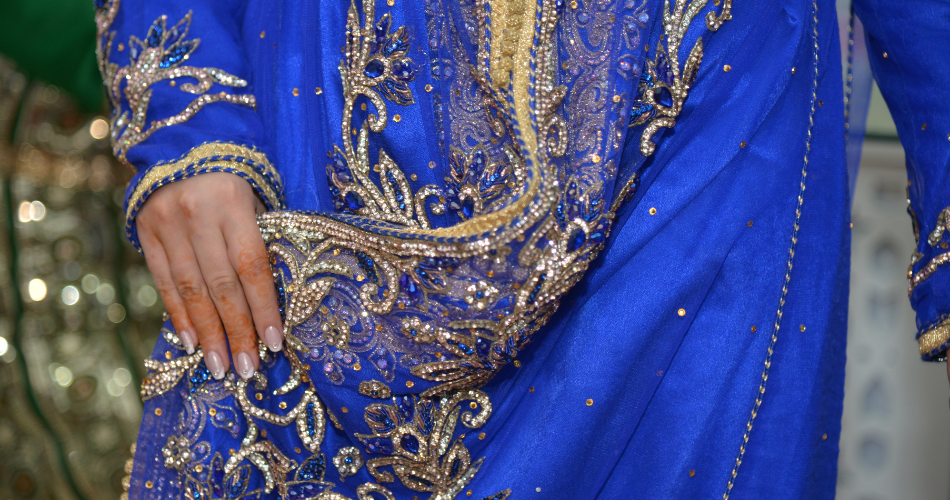
Moroccan Attire Explained - The Timeless Elegance of the Takshita
When we think of Moroccan fashion, the striking and opulent designs of traditional garments come to mind. Among these, the Takshita stands out as a symbol of grace and tradition, a women's only dr...
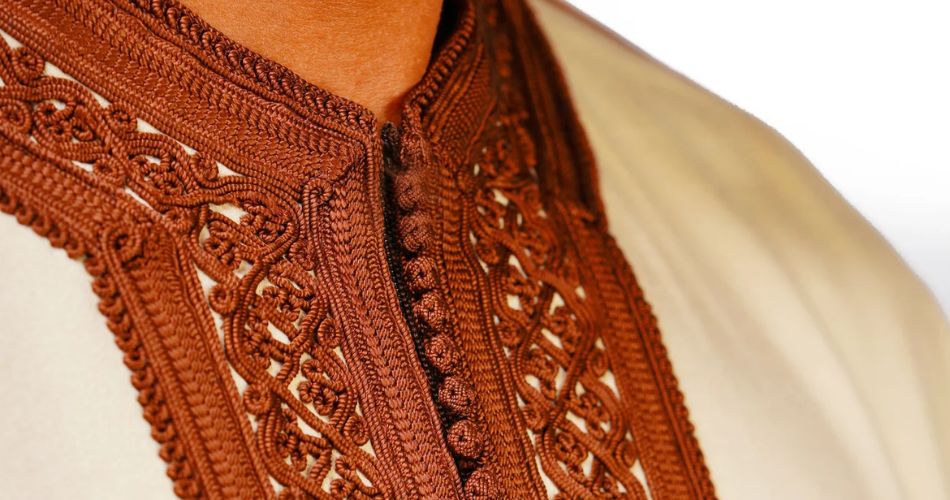
How to Choose a Stylish, Traditional Moroccan Jabador
Introduction
Choosing the perfect Moroccan Jabador involves balancing tradition with personal style. The Jabador is a key element in Moroccan fashion, it is celebrated for its detailed designs and...
